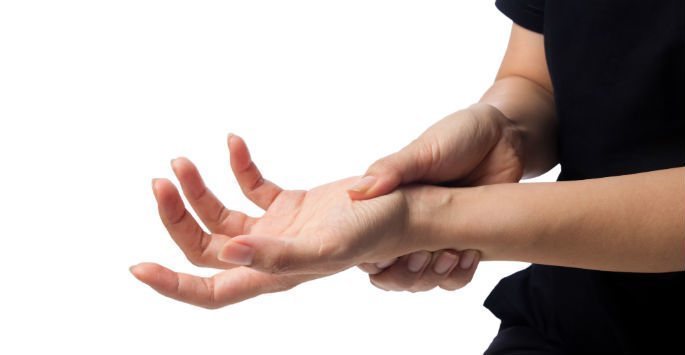A fractured wrist is not as simple as most people believe. A wrist fracture can be displaced or non-displaced. When you have a fractured wrist, you usually feel immediate and severe pain. You may also experience some numbness in your hand, your hands and fingers may change color and you might see the wrist bone protrude out of the skin.
Wrist fractures are relatively common. It is estimated that a quarter of a million people experience a fractured wrist every single year in the United States. One of the reasons why this injury is so common is because of the wide range of ways humans use their wrists. Injuries can come from car accidents, playing sports or work.
Depending on the location and severity of the injury, the treatment options vary significantly from case to case. Some simpler wrist fractures can be treated by just setting the wrist and casting it. Then you wait for the bone to heal in its proper position. However, other fractures may require you to get an operation, and you may need to endure a post-operative recovery. It all depends on the unique situation.
With most wrist fractures, you do not need surgery. All you need is to have a cast put on your wrist, and you need to have a little bit of downtime at home. The cast is used to keep your wrist immobilized while it heals. Other cases may require an operation.
You should expect to have some wrist stiffness, especially if your fractured wrist required you to have surgery. The stiffness will gradually improve. Our doctor may prescribe hand therapy as a way of helping you keep your strength.
As you can see, there is no one-size-fits-all treatment for a fractured wrist. The treatment will depend on the extent of the injury, as well as your age, your occupation, your hand dominance and your overall health, among other things. During a consultation with Dr. Arora at Arora Hand Surgery, your wrist can be evaluated and a customized treatment plan can be created for you. The main goal is to fix the fractured wrist and then regain strength and function.
For your convenience, Arora Hand Surgery has locations in West Bloomfield, Howell, Warren, and Macomb. Contact us today to schedule a consultation regarding your fractured wrist.















